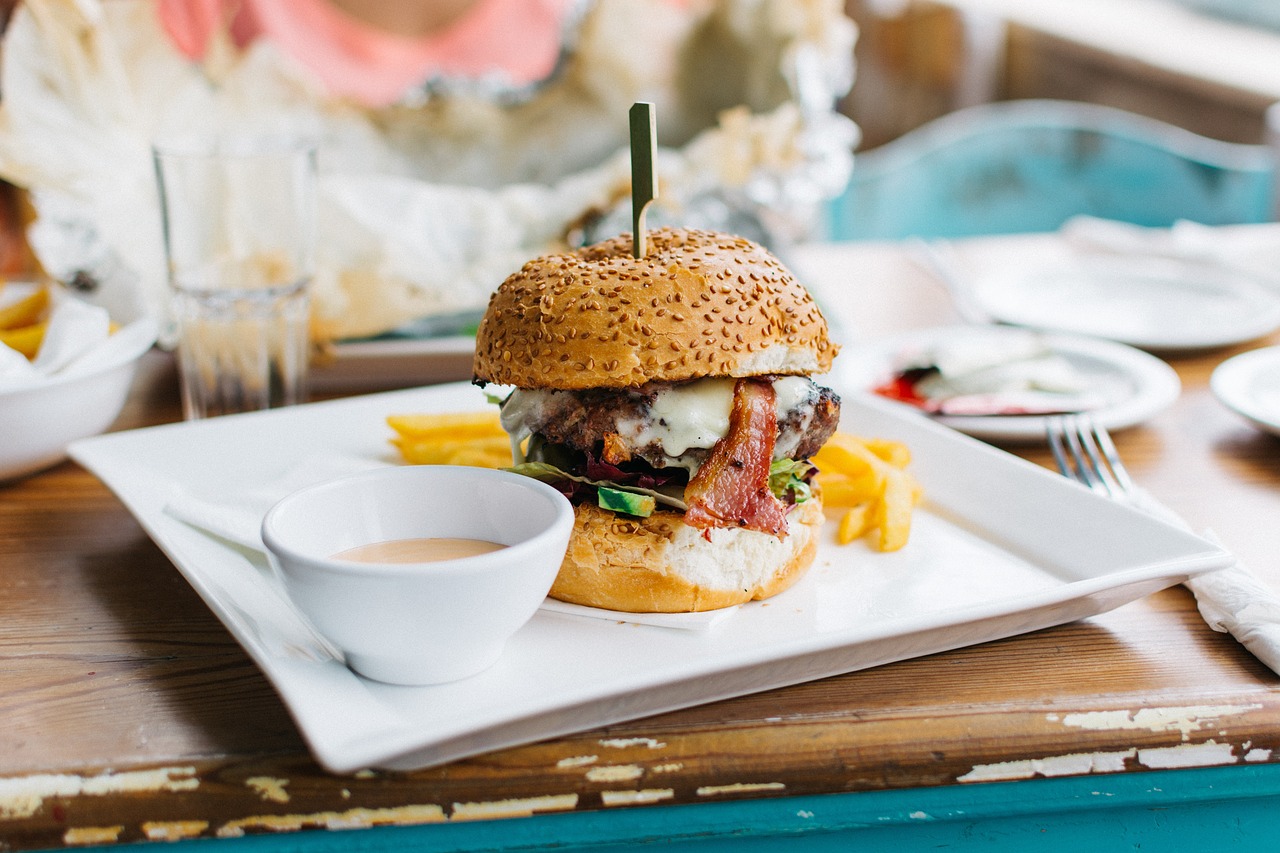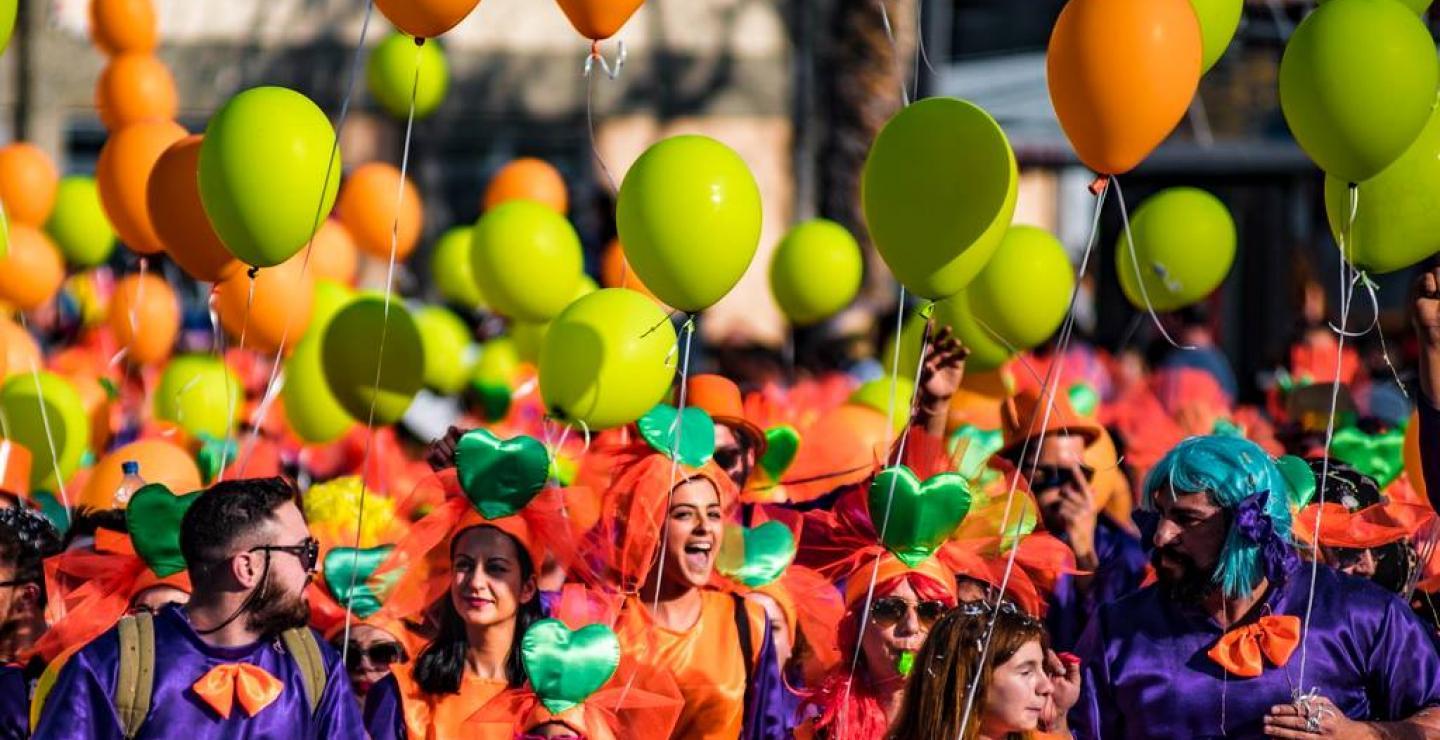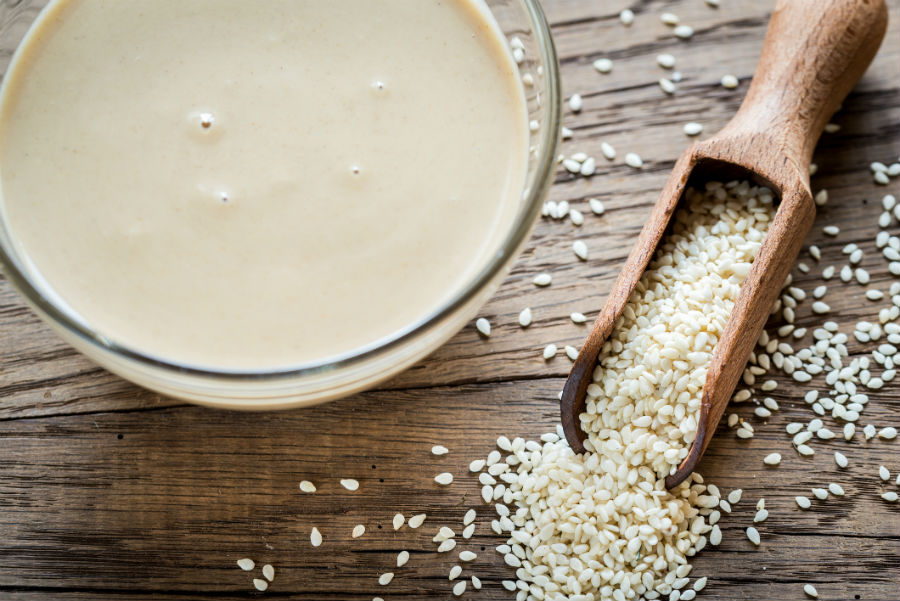5 Villages to Visit in the Limassol District
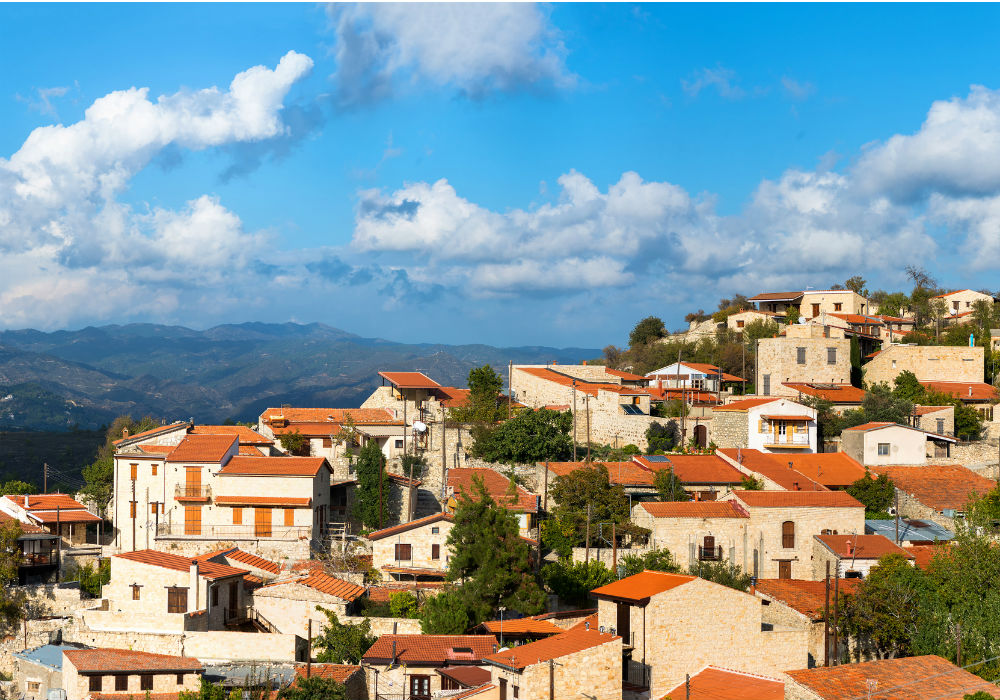
Need a break from the city or the packed beaches? Cyprus has numerous traditional villages scattered around just waiting to be discovered. From artistic corners and hectares of grapevines to unique local produce, these villages in the Limassol district provide delights whether you’re travelling solo, with a group of friends or with family. The villages are always a great place to try authentic Cypriot dishes, explore old architecture and indulge in a sweet conversation with the hospitable villagers; check out these ones that we think shouldn’t be missed.
Lania
This colourful village is known for its wine production. It is believed to have aptly gotten its name from Lana, the daughter of Dionysos, the God of wine. Apart from its wine and the world-famous commandaria, which you can try at the tavern, the village also produces olive oil with a traditional olive press that uses large circular stones. Today, the olive press is used to make soutzouko, but you can visit it to see how olive oil was extracted.
Another landmark worth a visit is the church in the centre of this tiny village which dates back to the seventeenth century. Also explore the Traditional House Museum and the Old Wine Press to see how things were done in the village in the old days.
During the peak of copper production in Cyprus around 1600 BCE, Lania became an important settlement for miners. During the last decade, the village has gone through a dramatic transition with an influx of British nationals and numerous artists who have renovated old houses and opened up art studios.
Taking a stroll along its alleys; you’ll spot colourful houses with bright plant pots and artists ready to show you their work. If you have a creative eye, Lania hides many photoworthy corners.
Lofou
Lofou village, 26 kilometres northwest of Limassol, is built in a circular pattern on the hills as its name would suggest (lofos is Greek for hill). Situated between mountain valleys, the landscape is divided by two rivers which both come from the River Kouris.
Yet another wine-making village Lofou offers beautiful panoramic views, and was converted into a stunning vineyard under British rule. One spot to catch particularly great views is the schoolyard, built in an open space overlooking the valley.
Explore the village on foot, as you’ll do with most Cypriot villages, and you’ll discover the beauty of the pebbly Lofou streets, where among the old houses and antiquity you’ll even find some fine street art. After your walk, you’ll probably want to rest your feet and fill your stomach. Lofou is known for its delicious tavern food and home-cooked dishes, so pick any spot and dive into the rich meze.
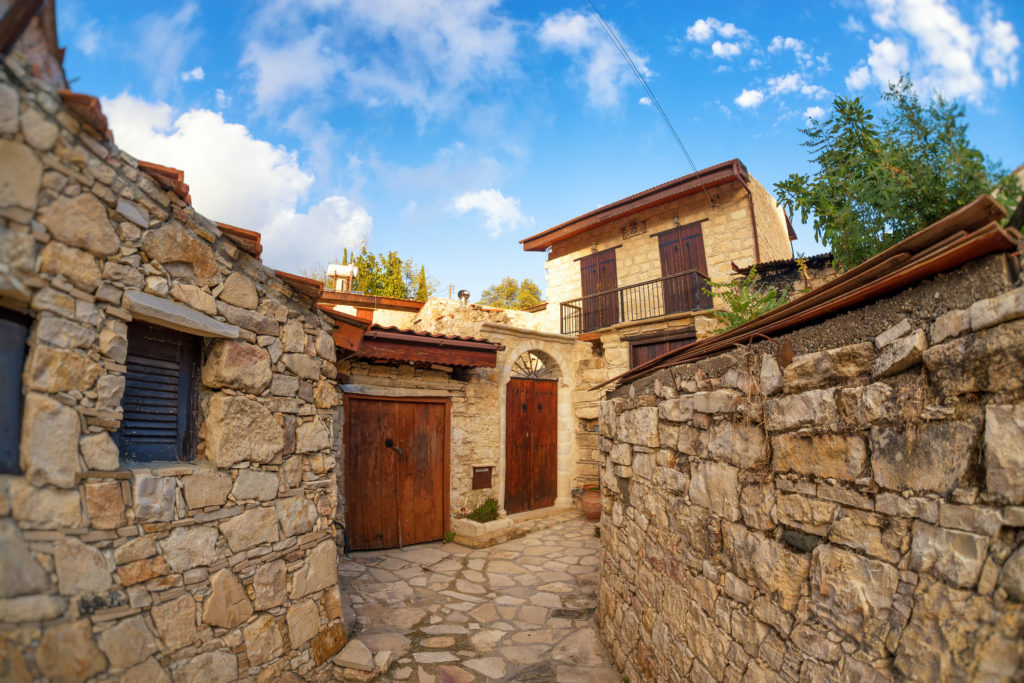
Street in the traditional Cypriot village Lofou. Limassol District, Cyprus
Tip: For a more immersive trip, visit during the Grape Fest in September, when the village celebrates its harvest, and watch how traditional delicacies are made from grape juice.
Omodos
Omodos is possibly one of the most well-known villages of Cyprus because of its picturesque sites, its local products and its monastery. Found 42 kilometres north-west of Limassol, it is a wine-producing and agrotourism hotspot.
Famous for its wine and Zivania, it’s the place to taste local beverages accompanied by arkatena bread while browsing the lace embroidery made by the women of the village. With this variety of local products, Omodos offers unique souvenirs that are distinctive of Cyprus and its heritage. The most popular gifts are lace tablecloths and koulourka.
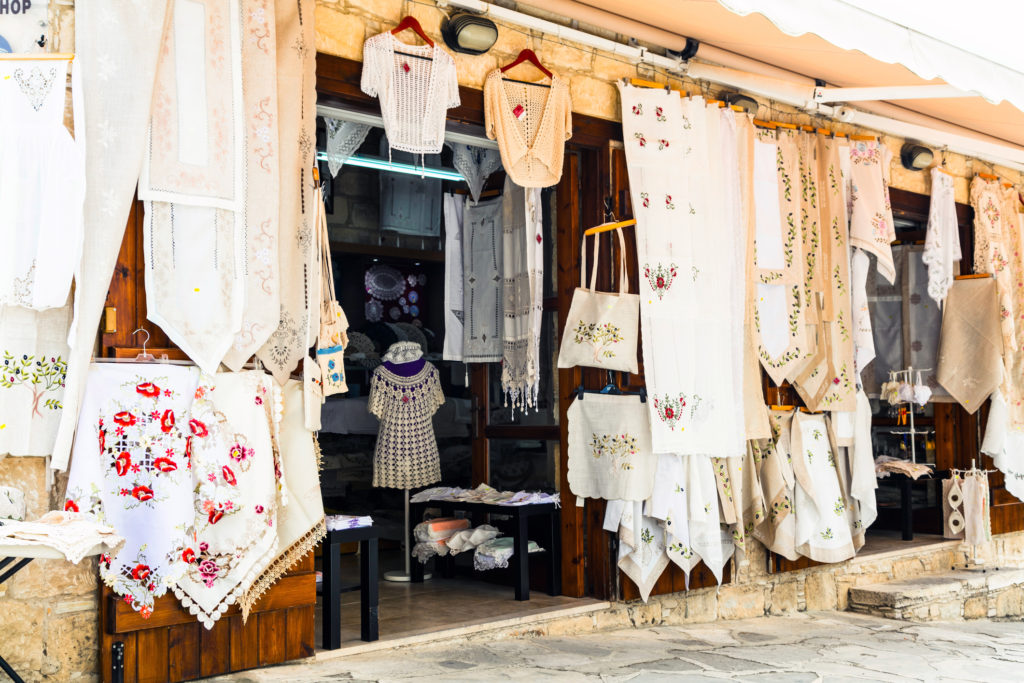
Lace floral tablecloths traditional to Omodos
The main street is filled with tavernas and shops and leads to the Holy Cross Monastery, an important site for the village and the island in general. Every September, Omodos holds one of the biggest religious fairs on the island, dedicated to the Holy Cross and lasting three days during which vendors gather in the beautiful square in front of the monastery to sell their goods. It’s a festivity that gathers many people and is a great chance to see the village at its liveliest.
Tip: Find out more about Omodos’ lace at the Omodos Centre for the Preservation of Lace.
Vasa Koilaniou
Found between the villages of Pera Pedi and Platres, this is the fifth vine village in Limassol (or krasoxori, as the Cypriots say). Its high-quality wine is known all over the island, so paying a visit to the village and tasting the fruit of its grapevines is a must. Also try its Zivania and soutziouko, palouze and kiofterka (sun-dried palouze).
Along the way, you can also enjoy the Museum of Education, the Museum of Zivania, the Ecclesiastical Museum, a winery, the main church of the village, the Bridge of Gerovrysi, and a small nature trail.
The houses are made of limestone, so architecture fans can observe the old structure of Cypriot houses.
As does Lofou, Vasa also holds a Grape Fest in September with grape juice products and folklore music, so if you’re on the island around that time of year, why not make a road trip out of it?
Agros
Agros is a relatively large village nestled between the mountains, giving it a cool climate that makes it a popular destination for Cypriots who want to escape the city heat.
The village is mostly known for its cultivation of roses and associated products like rosewater and rose oil. There’s an annual rose festival every May that welcomes hundreds of guests who venture up to buy rose and other traditional products.
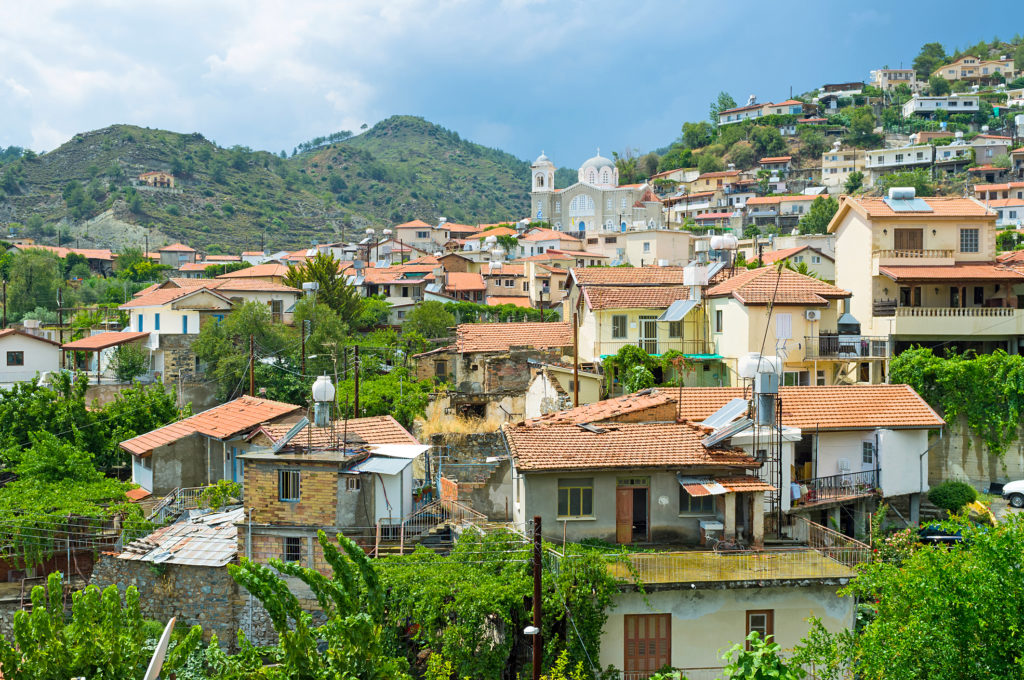
The Agros village located in Troodos district and boasts amazing views, Cyprus.
Its name derives from the forty monks who arrived in Cyprus from Asia Minor during the iconoclastic period, calling it after the place they had left behind: Megas Agros. They built a monastery at the spot where the Church of Panagia of Agros is found today.
With 800 inhabitants and many visitors, it’s a well-kept village with modern roads connecting to Nicosia, Limassol and Troodos. The villagers here are known to be hardworking and produce a lot of jams and spoon sweets, which you mustn’t miss out on tasting.

